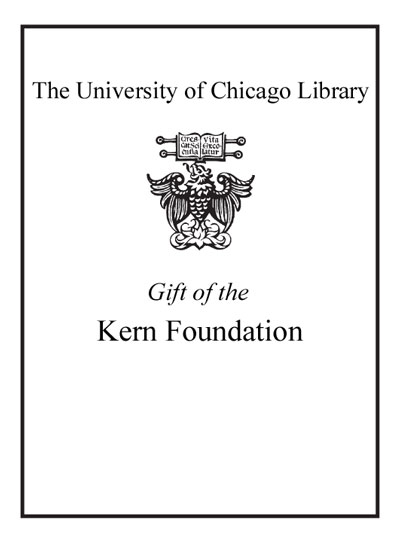Esoteric Pure Land Buddhism /
Saved in:
| Author / Creator: | Proffitt, Aaron P., author, translator, annotator. |
|---|---|
| Imprint: | Honolulu : University of Hawaiʻi Press, [2023] |
| Description: | xviii, 445 pages : illustrations ; 24 cm. |
| Language: | English |
| Series: | Pure Land Buddhist studies Pure Land Buddhist studies. |
| Subject: | |
| Format: | Print Book |
| URL for this record: | http://pi.lib.uchicago.edu/1001/cat/bib/13146800 |
Table of Contents:
- An Introduction to Esoteric Pure Land Buddhism
- Sukhāvatīin the Secret Piṭaka
- Early Japanese Esoteric Pure Land Buddhism
- Dōhan and the Esoteric Pure Land Culture of Kōyasan
- Dōhan's Major Works and Kamakura Buddhism
- Toward an Introduction to the Himitsu nenbutsu shō
- The Buddha Amitābha in the Himitsu nenbutsu shō
- Buddhānusmṛti in the Himitsu nenbutsu shō
- Sukhāvatīin the Himitsu nenbutsu shō.

